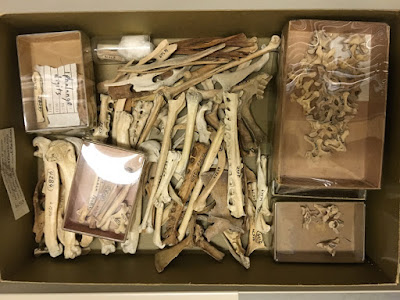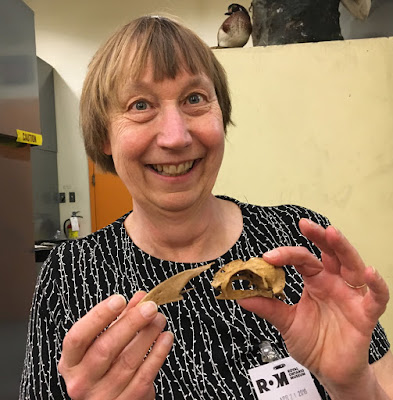by Helen Mason
 |
| Graston® Therapy works on the body's connective
tissue. |
No pain, no gain is an exercise maxim popular among many
athletes. Although many medical practitioners question the validity of that
motto related to exercise, they support it when referring to the Graston® Technique,
a therapy originally developed by David Graston and today credited with helping
athletes like Michael Phelps maintain their competitive edge.
The Graston® Technique uses stainless steel instruments to
assist clinicians in helping people maintain the mobility of their body's soft connective
tissue, the white membrane that wraps and connects the muscles, bones, nerves,
and blood vessels. It was originally developed by David Graston, an American
water skier who suffered a debilitating injury to his right knee.
Disappointed
by his slow recovery following surgery, Graston used his machining background
to create stainless steel instruments he used to treat his soft tissue injury. After achieving success with the technique, he
shared it with Ball Memorial Hospital and Ball State University in Muncie,
Indiana, where the Graston® Technique was further developed. An outpatient
clinic was opened in Indianapolis in 1994.
 |
| Graston® tools fit the various
contours of the body. |
The Graston® tools serve multiple purposes. Practitioners
run one of six instruments along the affected part of the body. If fascial
restrictions, scar tissue adhesions, chronic inflammation, and/or fibrosis are
present, the practitioner detects a distinct feeling of grittiness or
bumpiness. The instruments are then used to break up the adhesions, promoting healing.
The instruments prevent practitioners from getting the hand, wrist, and muscle
injuries so common to those who try to break up fascial restrictions manually.
Be warned. For patients, the technique is painful. I came
across it following a car accident in 1998 during which I suffered a fractured
skull and level 3 whiplash. Although I thought these injuries had been treated,
over the following seven years, I experienced more and more intense pain in my
back and neck, finally accompanied by the inability to concentrate. After
trying without success to find a non-drug method of alleviating these symptoms,
I visited a chiropractor who used Graston®.
 |
| Gua Sha and Graston® break up scar tissue. |
She quickly diagnosed the cause of my problem. The injuries from my accident had resulted in fibrosis of my back and neck muscles. They were in
constant spasm, which was shutting down blood circulation and nerve impulses to
the brain.
My first Graston® treatment resulted in an amazing reduction in
symptoms. Over a period of time, regular treatments have promoted full recovery of my back and neck muscles.
At first, the days after each treatment were very painful as
the affected areas turned red and then purplish or yellow with bruising,
depending on how much work had been done. At one point, a dermatologist saw
these injuries during a check-up and clearly thought I had been beaten. For me,
the pain was nothing compared to the benefits of the treatments which helped me
regain most of my physical abilities.
 |
| Michael Phelps credits the Graston® Technique for
helping him win |
Today, the Graston® Technique is used both by people like me
and professional athletes such as basketball, hockey, football, soccer, and
rugby players, as well as golfers. It's been successfully used to treat
fibromyalgia, carpal tunnel, plantar fasciitis, tennis and golfer's elbow,
rotator cuff tendinitis, shin splints, and post fracture pain.
The technique is similar to Gua Sha, a traditional Chinese
method that has been practised for over 2000 years. Instead of stainless steel
instruments, Gua Sha practitioners use a shell, piece of jade, buffalo horn, or
other material to do their scraping. Like the Graston® Technique, Gua Sha causes redness, bruising, and micro traumas
to the fascial tissue. The micro traumas trigger the brain to heal the area.
Helen Mason's most recent books
include What is Digital Entrepreneurship?,
Be an Active Citizen in Your Community,
and Be an Active Citizen at Your School,
all Crabtree Publishing, 2016.





















